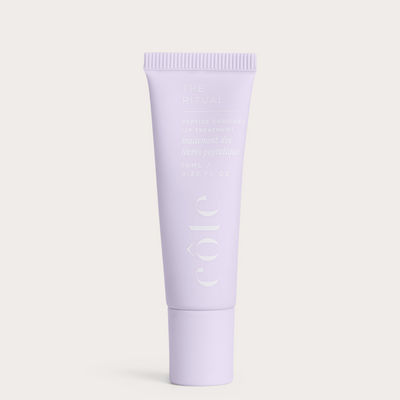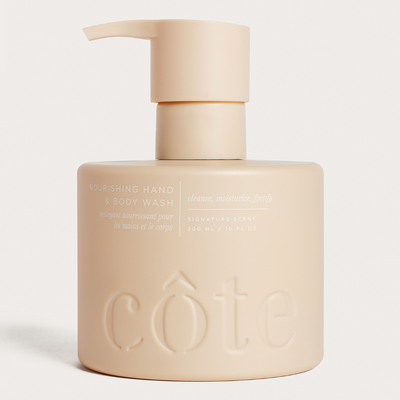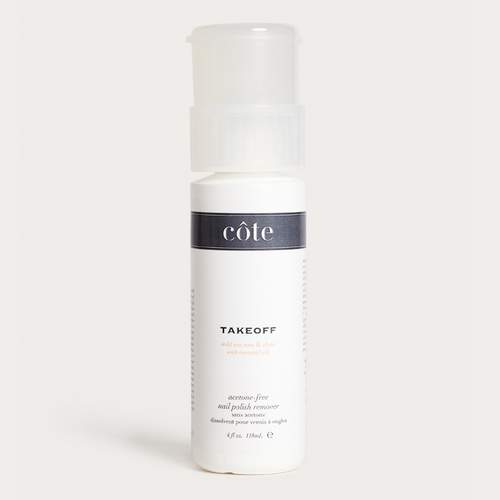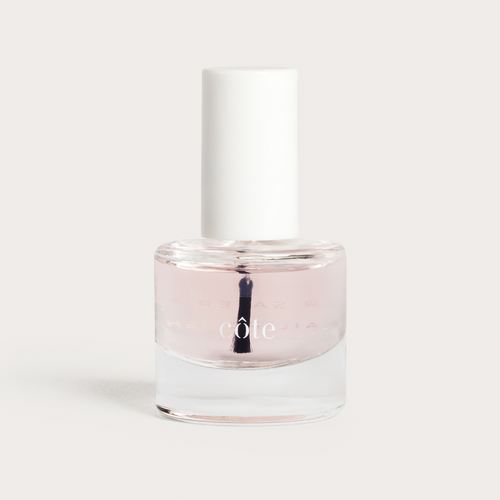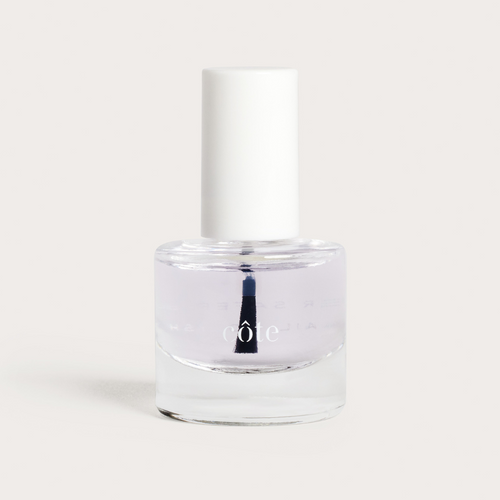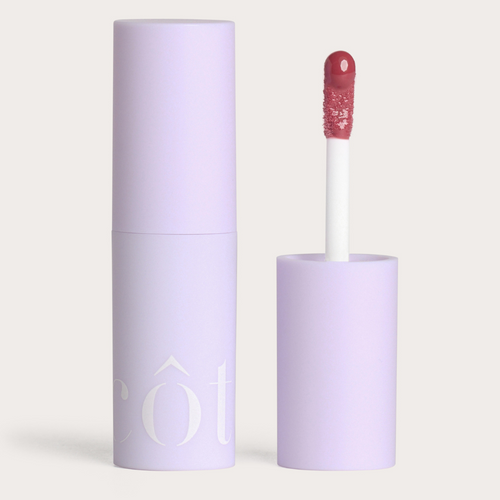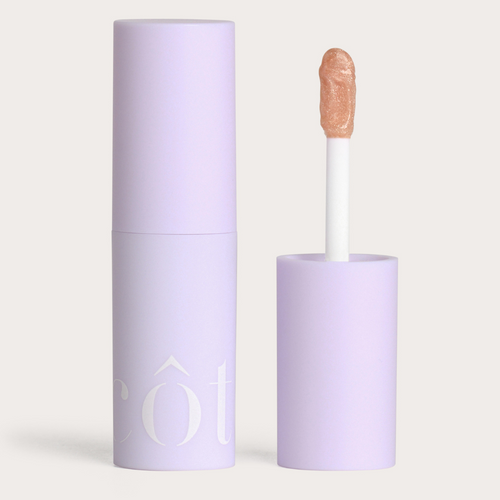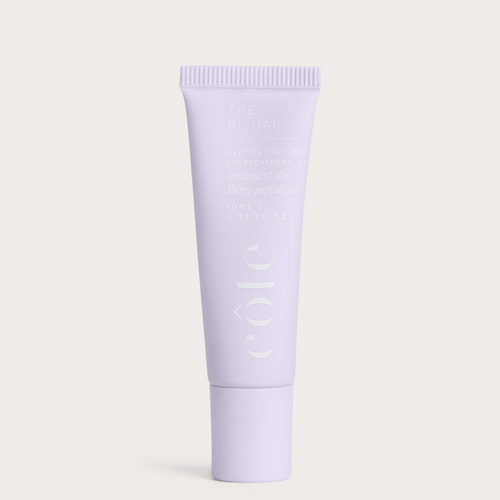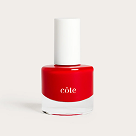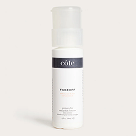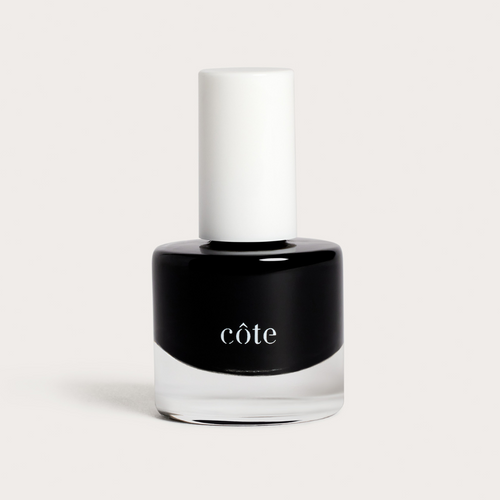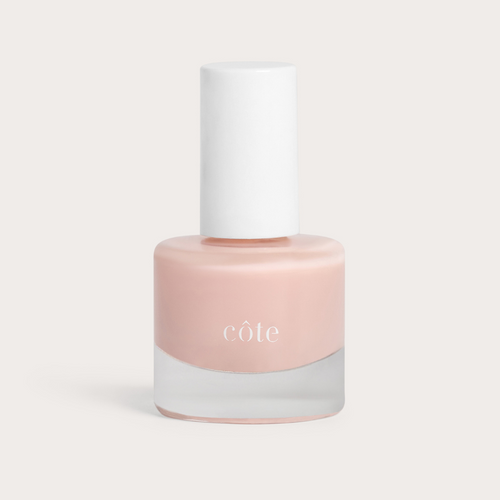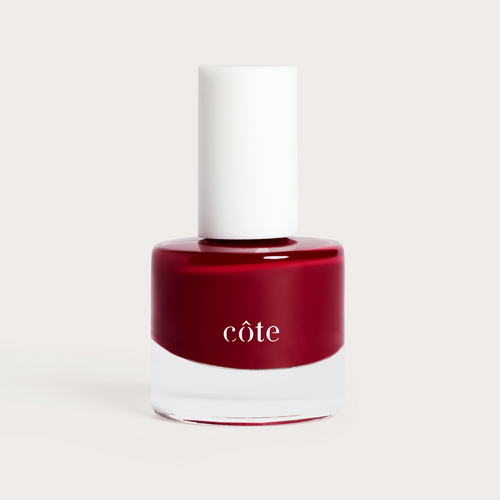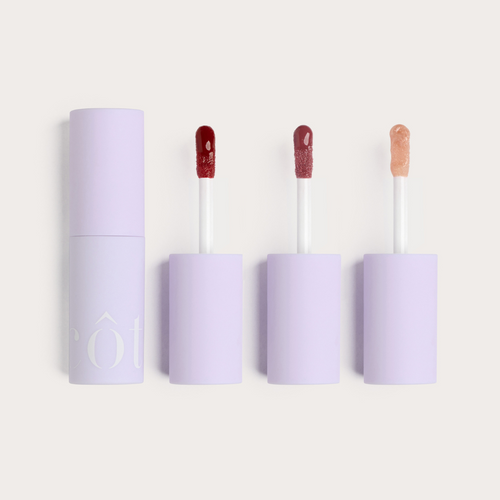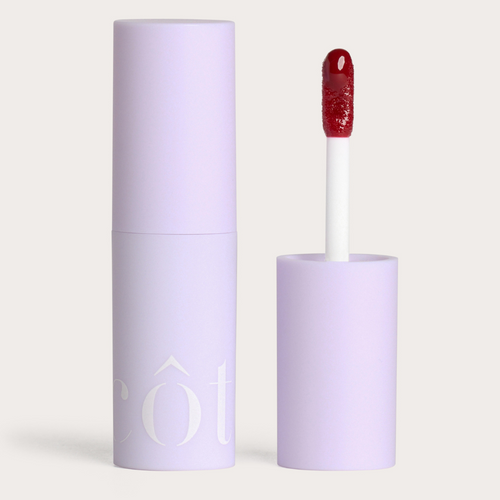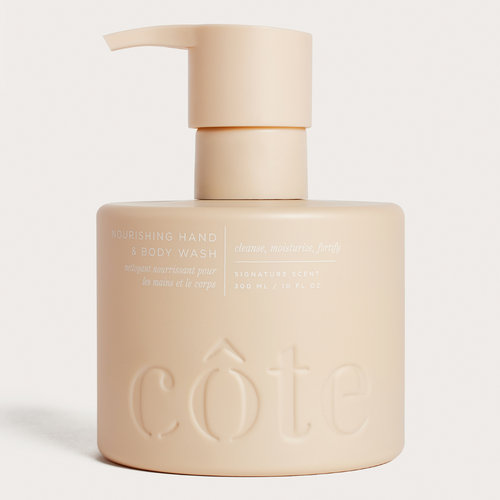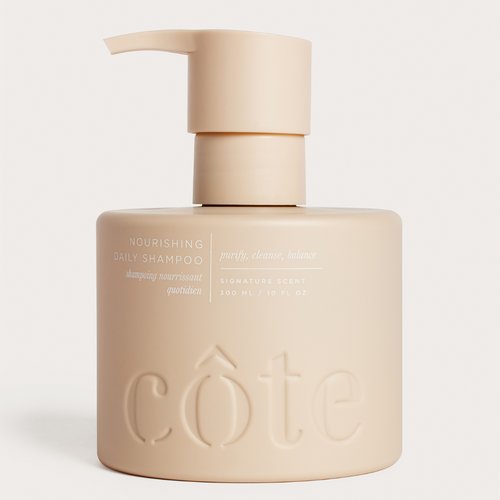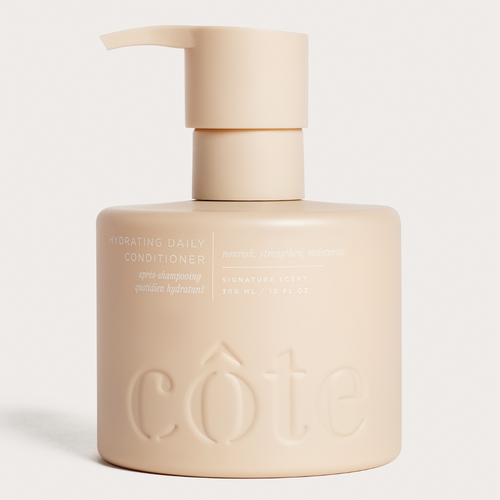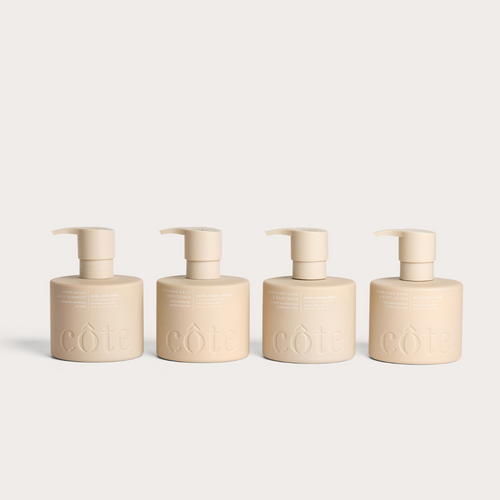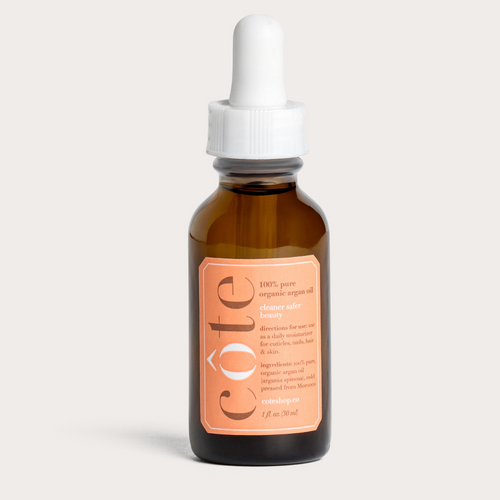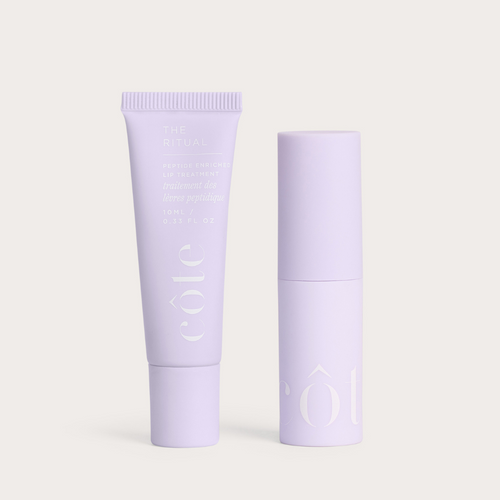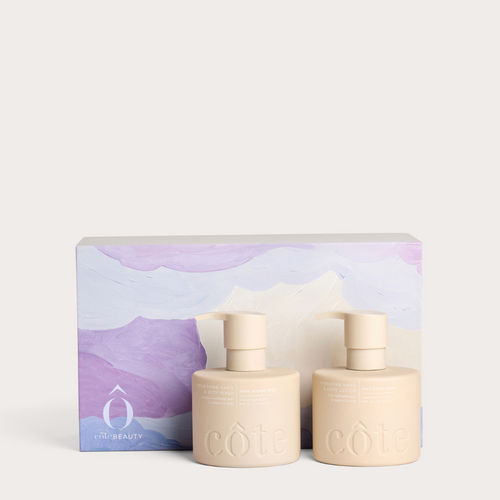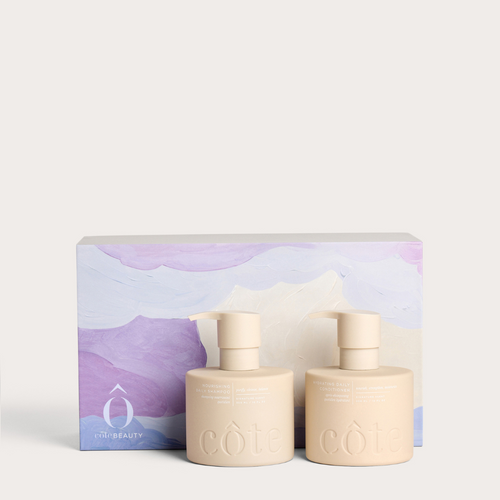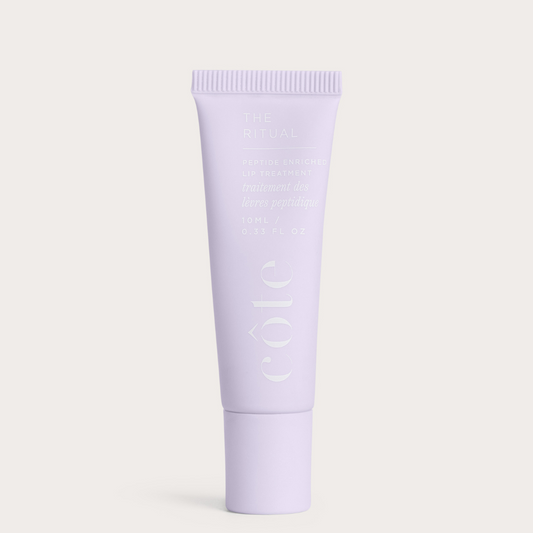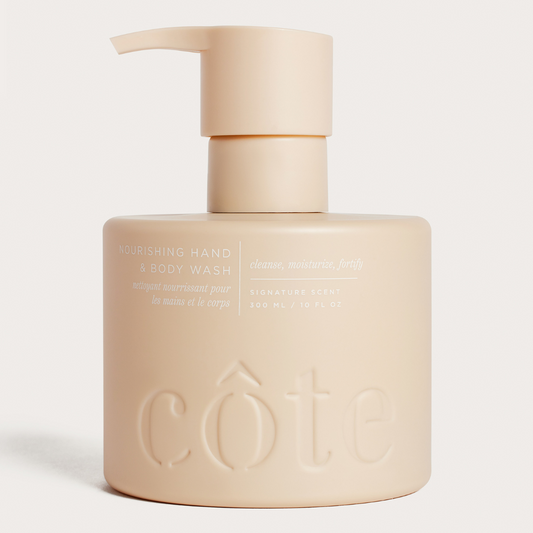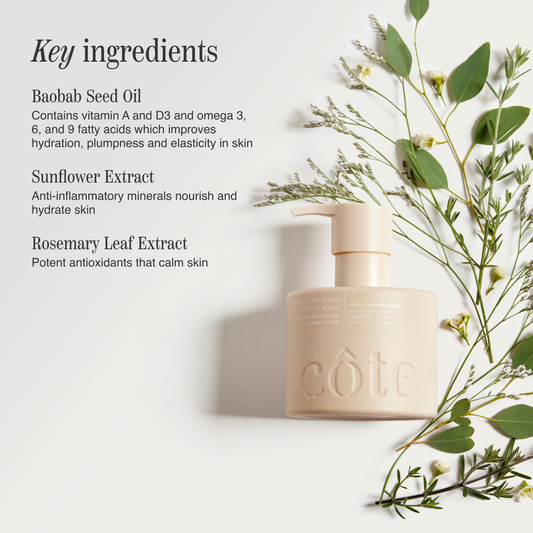when you think of your nails, it’s easy to assume that given their strength, your nail plates are an impervious barrier. therefore, why would it matter what goes into the nail polish you swipe on there?
yikes!! read on….
fingernails and toenails are actually made of keratin – a protein made up of dead cells. (nails don’t hurt when they are cut!—makes sense.) keratin is also the main protein found in hair. we all know how careful we are regarding the chemicals we put on our hair, and guess what, we need to take the same care when it comes to our nails. the keratin in our nails, just like in our hair, is porous. this means that whatever you put on your nail plate will soak right through into your body.
once you’ve absorbed this news, the ingredients that go into your nail polish (and more importantly the ingredients that DO NOT go into your nail polish) take on a whole new meaning and level of importance.
the hype surrounding cleaner, safer beauty products is real, is necessary and is thankfully on the rise.
"formaldehyde, formaldehyde resin, toluene, dibutyl phthalate, camphor, triphenyl phosphate, xylene, ethyl tosylamide, parabens, gluten"
these scary-sounding words are the chemicals that often pop up in nail polish formulas and must be avoided. the good news is, côte has gone to great lengths to make sure that NONE of these ingredients are in any of our polishes or treatments. this singular effort was and is the driving force behind the côte brand. since it’s inception, côte has set out to take the harmful toxins out of nail polish and create a cleaner, safer way to enjoy gorgeous, worry free nail care. you can still get all the chip-resistant, long lasting shine without sacrificing your health!
we take pride in being free of these toxins….
NO FORMALDEHYDE
classified as a known carcinogen, formaldehyde is often used as a preservative, nail hardener and strengthener in conventional polishes.
NO TOLUENE
included in some polishes as a solvent to smooth application, is has been linked to impaired human reproduction and development, impaired breathing, being harmful to the nervous system and nausea.
NO DIBUTYL PHTHALATE (DBT)
shown to affect the reproductive system and linked to cancer, DBP has been
used as plasticizer and solvent to increase wear.
NO FORMALDEHYDE RESIN
a derivative of formaldehyde, formaldehyde resin is often used as a hardener and in large doses can be a skin allergen.
NO CAMPHOR
added to some polishes for high-shine, camphor can cause allergic reactions in large doses, cause irritation, dizziness, nausea and headaches.
NO TRIPHENYL PHOSPHATE (TPHP)
also known as TPP, research suggests it causes changes in hormone
regulation, metabolism and reproductive systems. it has been used in polish as a plasticizer which makes the polish flexible yet durable.
NO XYLENE
used by some brands to help polish from getting gloppy, xylene is also a known allergen and a possible carcinogen.
NO ETHYL TOSYLAMIDE/EPOXY RESIN
this ingredient has antibiotic properties which raises concern over antibiotic resistance. it can be used as a plasticizer to help polishes dry faster.
NO PARABENS
used as preservatives, parabens get a bad rep for having estrogen-mimicking effects which may trigger hormonal problems.
NO GLUTEN
hydrolyzed wheat protein, while considered nontoxic by some, does pose potentially serious issues for those who are gluten intolerant. used to help moisturize soft, brittle nails, it presents an allergy concern.
